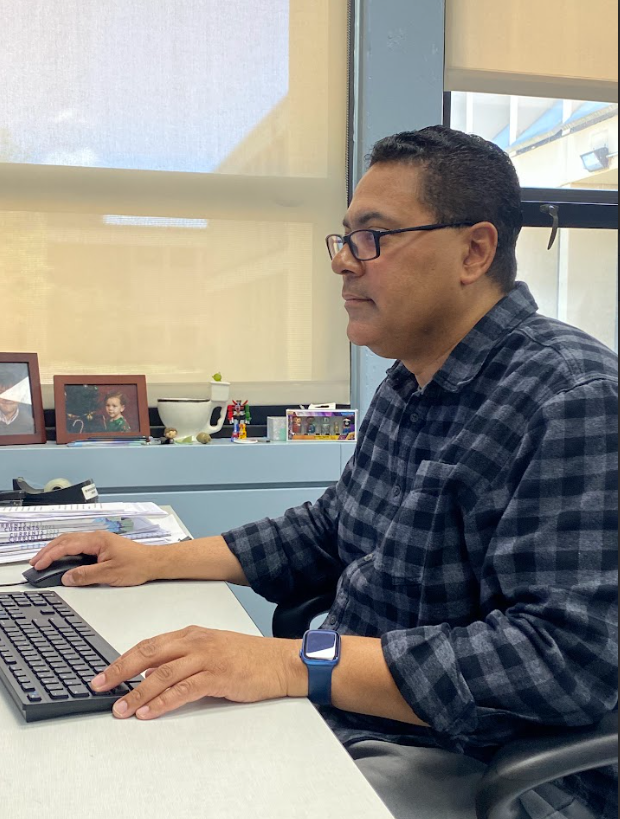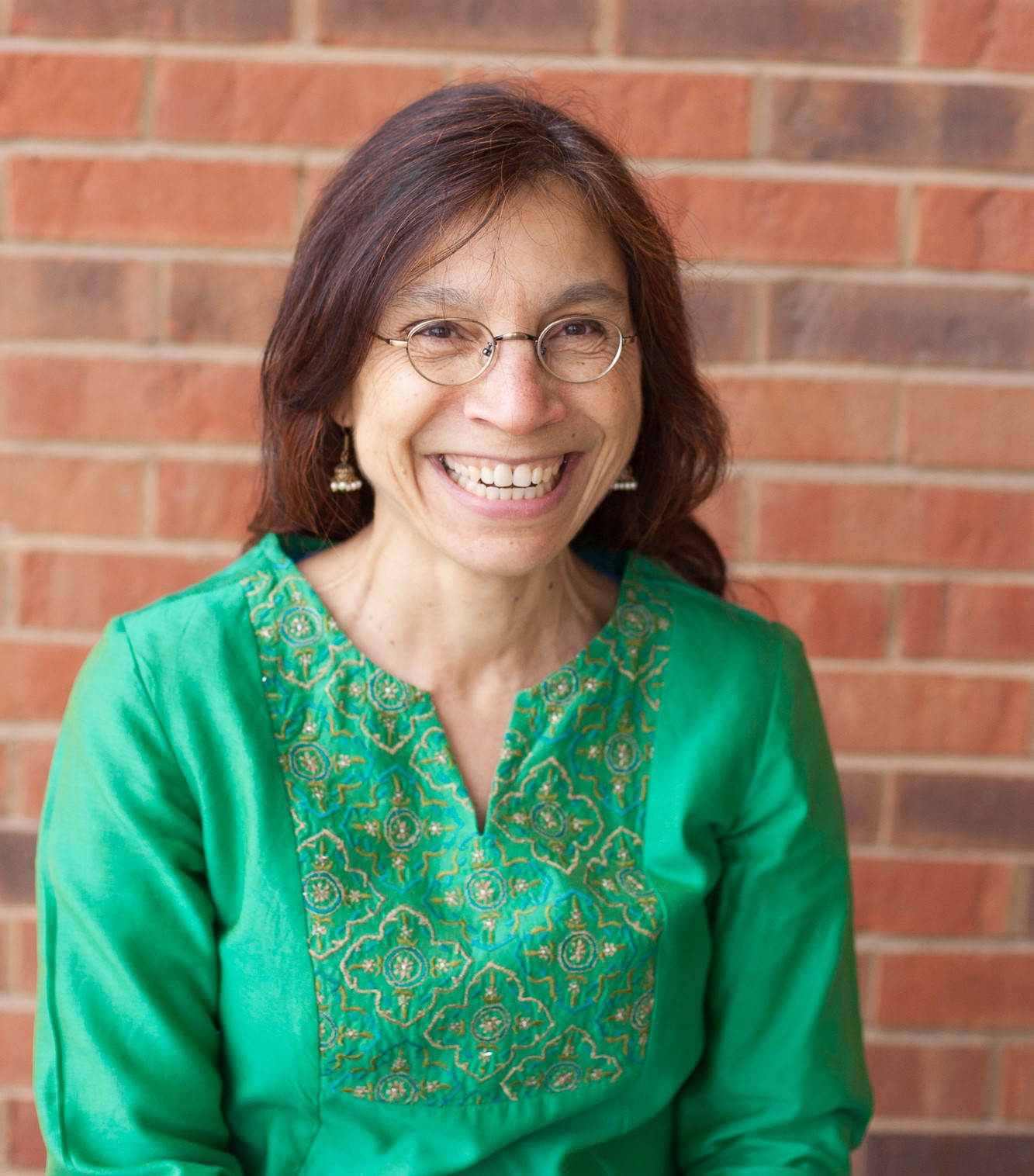A season of record low temperatures and record high SAD-ness:
LAUREN JOHNS ART & LIFE EDITOR:
The last month has been a whirlwind of arctic-like winds and ‘cabin fever’ symptoms. Students and faculty are enduring a deprivation of sunlight alongside the hustle and bustle of a typical workday. As a result, dopamine levels have diminished, leaving depression in the aftermath. But what is the difference between depression through ‘cabin fever’ and diagnosed seasonal depression, also referred to as SAD (seasonal affective disorder)? Paige Patton, a sophomore at Meramec, said, “I don’t think a lot of people realize how [SAD] actually impacts us. People brush off the concept in the wake of events pertaining to school and work, blaming stress.” According to Dr. Sophia Pierroutsakos, a professor of psychology, the DSM-5 (standard classification of mental disorders used by the American Psychiatric Association), describes how this disorder is classified. “If you had this condition, you would first be diagnosed with major depressive disorder and an additional note that it shows a seasonal pattern.” However, not all people with depression have SAD or vice versa, according to Donna Zumwinkel, a counselor. “Depression can be triggered by family history and is more common with women, especially the seasonal aspect,” said Zumwinkel. “In addition, those who are more prone to depression are more likely to have SAD.” When distinguishing ‘cabin fever’ from actual mental illness, there are some important factors to consider. “‘Cabin fever’ is not an official clinical term,” said Pierroutsakos. “Psychologists have their official terms and people out in the world will think, ‘Oh, I have that.’ But having a little bit of cabin fever may be on a continuum with SAD, but doesn’t cross that line. The American Psychological Association says that if you’ve had two really severe [episodes of] Winter Blues two seasons in a row, then we are classifying it correctly.” Pierroutsakos recounts her time spent indoors when she was strained by the effects. “I was home alone with two kids and couldn’t go out because it was so cold; doesn’t jump me to SAD. Was it unpleasant? Yes. Were there some things I could do to make my life better, including diet and excercise? Yes.” In addition, she believes that despite the differences between the two, the short term remedies are the same. “Despite the lack of sunlight, you should bundle up and go for a walk, study near a window, eat healthier. Social interaction is also a necessity. The colder it is, the more isolated we get,” said Pierroutsakos. “These things are smart habits anyways.” According to Zumwinkel, people show symptoms if they suddenly have a larger appetite (they’ll typically crave carbs as a suppressant of how they’re feeling) or are sleeping too much. A student found they were struggling with seasonal depression but had no clinical diagnosis. “I went through an extreme depression last semester and actually planned on killing myself,” said Kiersten Arman, a sophomore. “I don’t know if it was the shorter days or the lack of outdoor air, but it was real.” Consequently, she struggled with everyday tasks and lost her financial aid due to a decline in attendance. “My grades slipped and I had to drop two classes. This semester, my financial aid was taken away and I couldn’t file an appeal because ‘undiagnosed depression’ or ‘planned suicide’ wasn’t on the list of reasons a student might be struggling academically.” As stated by Arman, she is slowly rehabilitating herself with the help of friends and loved ones. Although she still struggles on occasion, she is reaching a better frame of mind. As stated by Pierroutsakos, if a friend or a loved one is struggling like Arman, having the right approach is crucial. “We don’t know someone’s inner world, but we can ask questions,” said Pierroutsakos. “Instead of telling them, ‘Hey, I think you have…’ it’s better to say, ‘you seem sadder.’ And then be a good listener. Offer to be that supportive person that walks them over to counseling or helps them find the phone number for something like NAMI (National Alliance of Mental Illness).” If a friend isn’t ready for the next step, support them through healthier habits. “Maybe offer to go walking with them or get a salad to eat. Just be with them. Then, you could finally say, ‘I’m worried about you — let’s talk about how to get you the help you deserve.’” Pierroutsakos also stresses that one should avoid self-diagnosing. However, if one’s symptoms seem prevalent, the counseling center on the second floor of Clark Hall. “If you are truly unsure, you can say, ‘I don’t know if I have this, but I haven’t been myself lately. It seems to get worse in the winter,’” said Pierroutsakos. If the condition is purely seasonalbased, ‘happy lights’ help to stimulate vitamin D production in the skin for when the sunlight is scarce. “You put the lamps up above you, stimulating sunlight,” said Pierroutsakos. “Then you keep it on for 20 minutes. However, don’t stare directly at them — the bright lights can burn your retinas. In addition, using them for too long can cause anxiety from overstimulation.” Pierroutsakos suggests that students use them minimally and cautiously or consult a physician. Ultimately, if nothing seems effective, speak with a physician or psychiatrist about the potential for medication or other forms of treatment.











